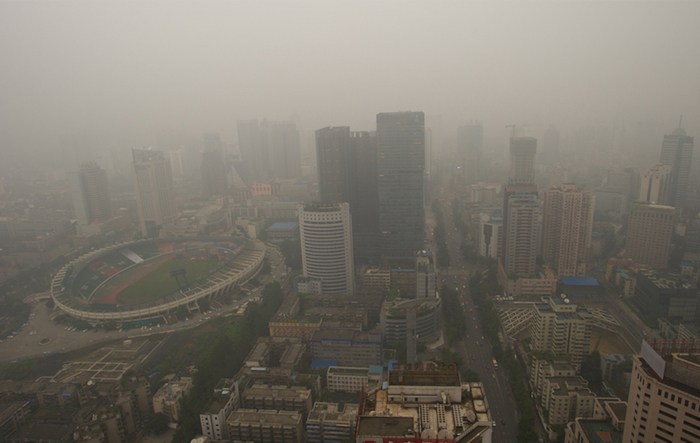
China's steel and iron ore markets are currently crowded with an overload of information, much of it seemingly pulling prices in opposing directions.
The steel market is having to weigh news of extended output restrictions as part of ongoing efforts by Beijing to lower air pollution, weak vehicle sales, slower economic growth and uncertainty over the trade dispute with the United States.
If that sounds negative for prices, consider the upcoming peak-demand season as winter ends and construction projects kick off, increased stimulus spending on infrastructure and the view that lower output may support a supply-driven price increase.
For iron ore there is the ongoing challenge to work out whether the terrible tailings dam disaster in January at a mine operated by Brazil's Vale will actually cut exports by enough to make a difference.
And if it does make a difference, will it also have an effect on high-grade versus low-grade iron ore demand?
The market also needs to reconcile the increase in port stockpiles of iron ore, even though shipments from Port Hedland, the main export harbour in top producer Australia, actually fell in February.
Amidst all the noise it's sometimes safest to seek solace in hard data, while still keeping an eye on developments in what could be termed sentiment drivers.
The first fact worth noting is that China, which produces just over half of the world's steel, hasn't really slowed output of the metal much, despite considerable media reporting of pollution restrictions.
Output in January was 75 million tonnes, which was down from 76.12 million tonnes in December, but was also up 4.3 percent from the same month in 2018.
The numbers suggest that while steel production has moderated somewhat, the winter production curbs haven't had a dramatic impact, although it's worth noting that February's output numbers are still to be released.
The price of benchmark steel rebar futures in Shanghai has also tracked sideways since ending at 3,856 yuan ($575) a tonne on Feb. 11, which was the highest close in nearly four months.
(By Clyde Russell; Editing by Joseph Radford)



 Products
Products
 Inquiry
Inquiry
 WhatsApp
WhatsApp
 Top
Top



